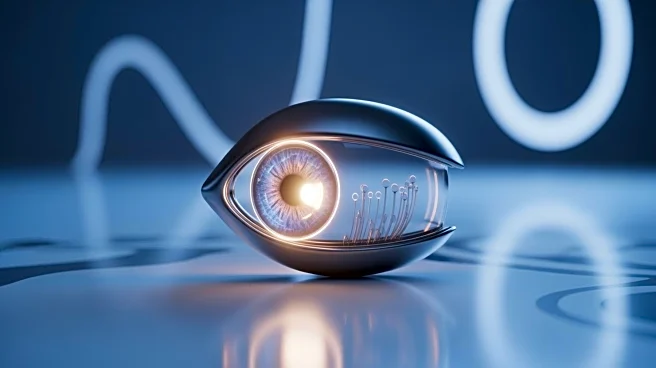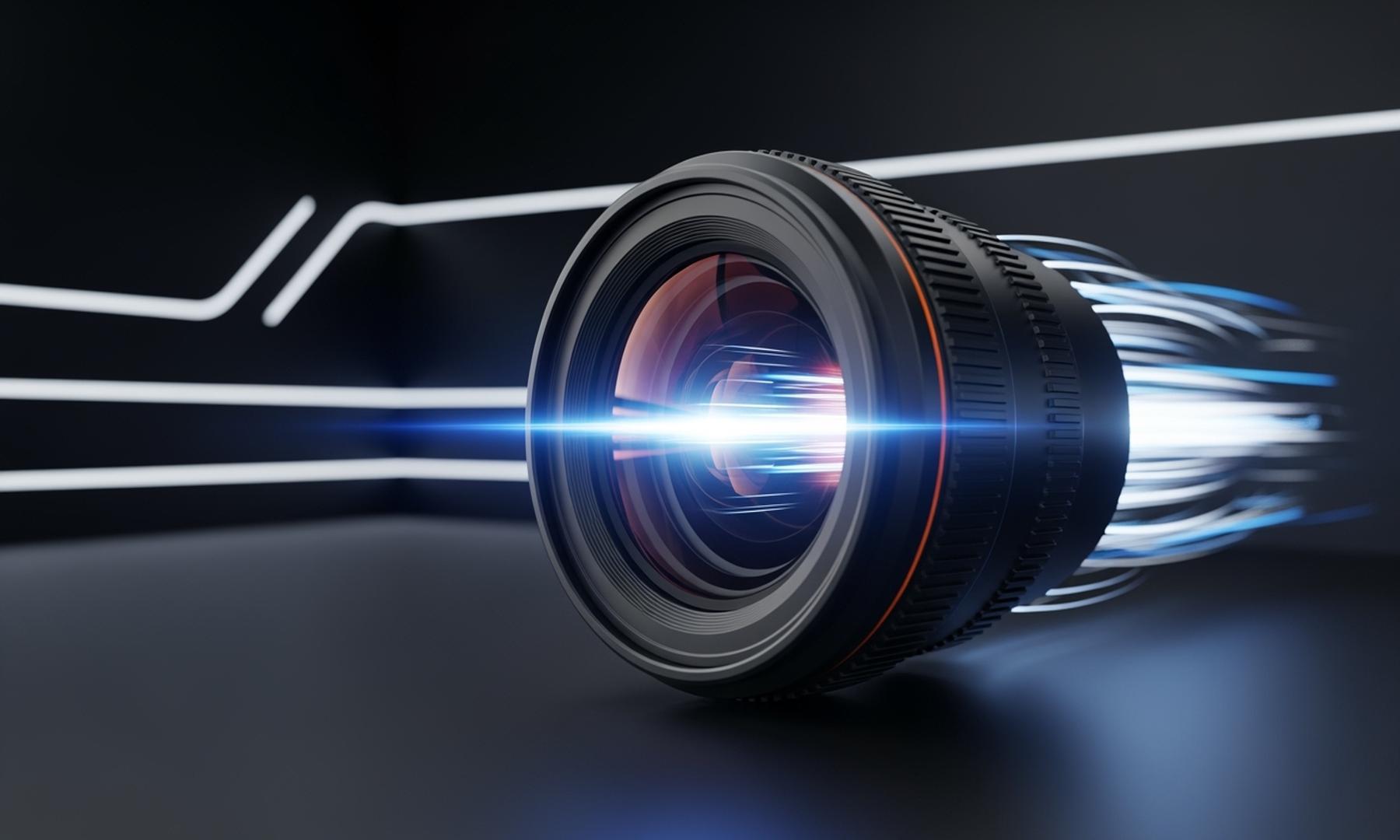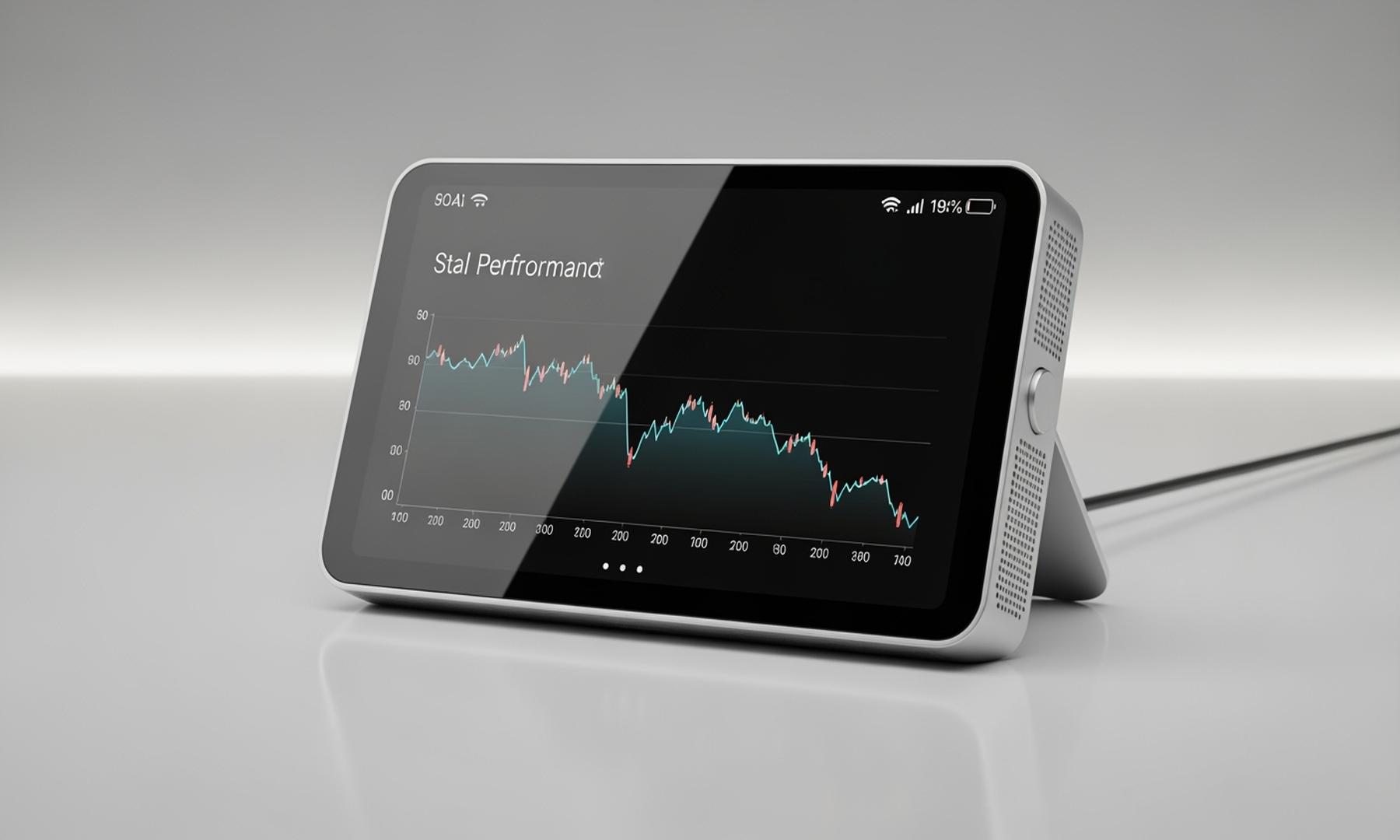What's Happening?
A new study published in the New England Journal of Medicine reveals that a tiny wireless chip implanted in the eye, combined with augmented reality glasses, has enabled legally blind patients to read
again. The PRIMA device, developed by Science Corporation, was tested on 38 European patients with advanced dry age-related macular degeneration (AMD). The device uses a camera to capture visual fields, transmitting them to the chip as infrared light, which is then converted into electrical signals to stimulate healthy cells in the retina.
Why It's Important?
This breakthrough offers hope to millions affected by AMD, a leading cause of blindness. The ability to regain some visual function can significantly improve quality of life, allowing patients to perform tasks like reading and recognizing faces. The PRIMA device represents a major advancement in vision restoration technology, potentially transforming treatment approaches for retinal diseases.
What's Next?
Further development and trials of the PRIMA device are expected, with plans to increase the chip's pixel count and improve software for better image processing. These enhancements could lead to more widespread use and improved visual outcomes for patients. The technology may also be explored for other retinal diseases, expanding its impact on vision care.
Beyond the Headlines
The PRIMA device highlights the potential of brain-computer interfaces in medical treatment, paving the way for future innovations in restoring sensory functions. As technology advances, ethical considerations around accessibility and cost will become increasingly important, ensuring equitable access to life-changing treatments.












